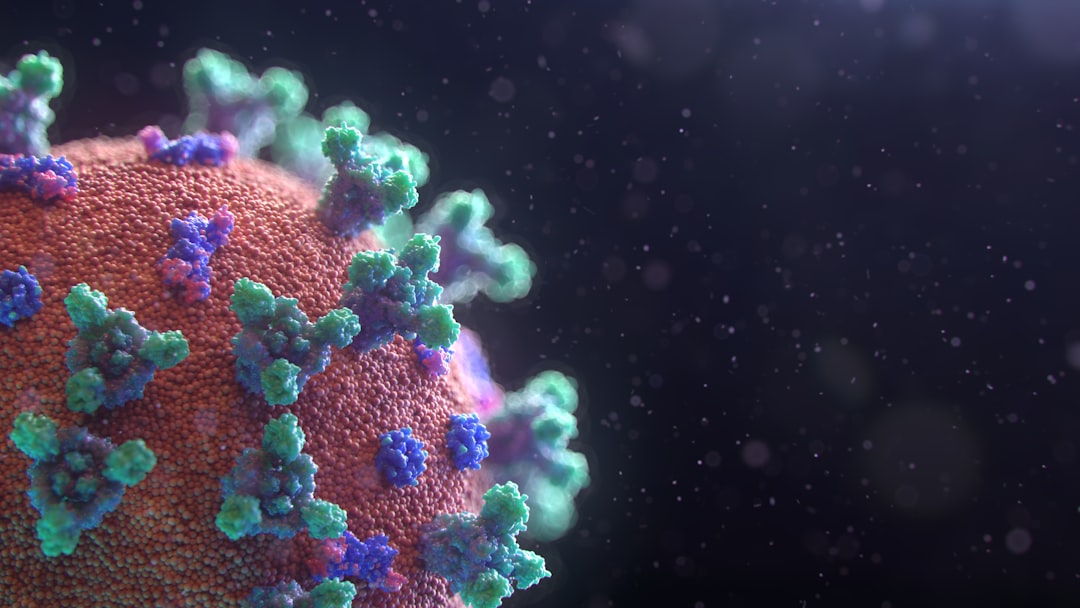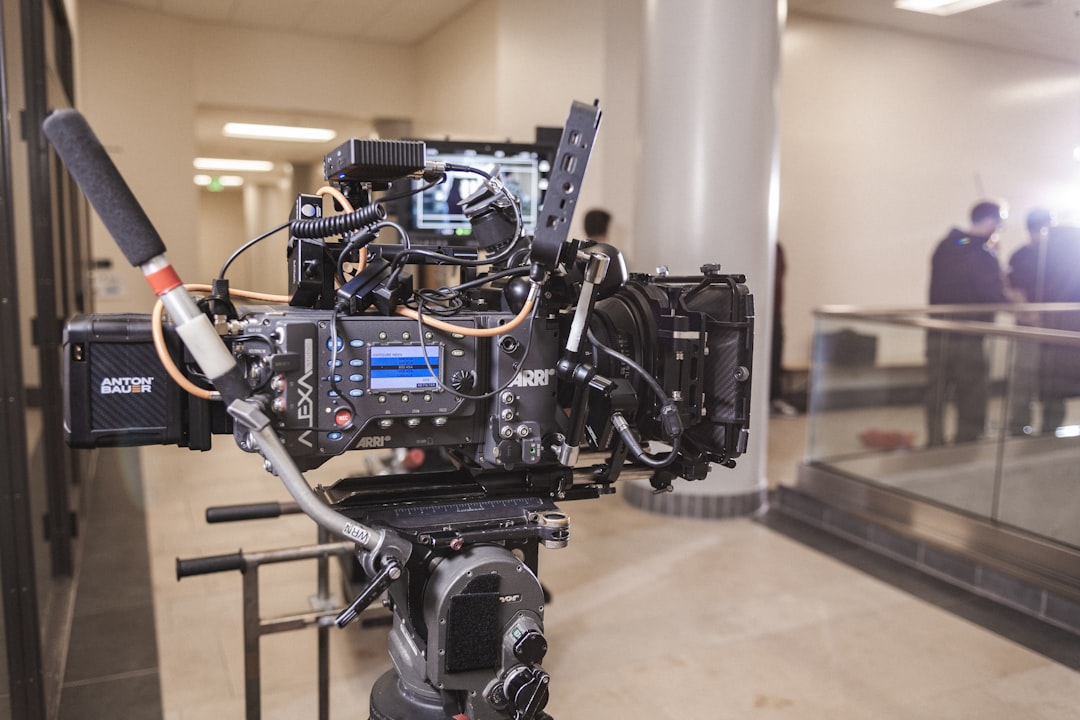What is it about?
Articular cartilage defects, when repaired ineffectively, often lead to further deterioration of the tissue, secondary osteoarthritis and, ultimately, joint replacement. Unfortunately, current surgical procedures are unable to restore normal cartilage function. Tissue engineering of cartilage provides promising strategies for the regeneration of damaged AC. As yet, there are still significant challenges to overcome to match the long-term mechanical stability and durability of native cartilage. We suggest the development of a toolbox with tailor-made scaffolds for the repair of other tissues that require a “guiding” structure to support the body’s self-healing process.
Featured Image
Why is it important?
Unlike the self-healing abilities in some other species, the human body needs a supporting structure with a close to native microenvironment that works as a template to direct the growth of cartilage. Any deviation of physical or chemical properties from what a cell experiences in its native microenvironment causes the de-differentiation of chondrocytes and an altered protein expression. “Non-guided repair” produces tissue that is not mechanically competent and easily worn out of the defect site. We believe that the P(3HB)/P(3HO) scaffolds can be developed into a clinical repair product to heal cartilage defects and avoid the development of secondary osteoarthritis.
Perspectives
We have no osteoarthritis drugs, because there are no sensitive tools. The atomic force microscope (AFM) is a nanomechanical tool that allows to measure the functional integrity of a load-bearing tissue at the molecular scale where osteoarthritis starts. I believe that this is different to cancer research, where the about 200 drugs with FDA approval are largely based on the molecular biological understanding aiming to suppress tumor growth. Cartilage needs to be assessed mechanically to measure the influence of potential structure-modifying substances. This is the key for early detection of osteoarthritis, the development of osteoarthritis drugs and also for the development of cartilage repair strategies.
Dr Martin Stolz
University of Southampton
Read the Original
This page is a summary of: Nanofibrous poly(3-hydroxybutyrate)/poly(3-hydroxyoctanoate) scaffolds provide a functional microenvironment for cartilage repair, Journal of Biomaterials Applications, March 2016, SAGE Publications,
DOI: 10.1177/0885328216639749.
You can read the full text:
Contributors
The following have contributed to this page










